As varied as today’s backsheet materials are, they all share one thing in common: All types consist of multiple layers that are laminated together. These multi-layers might even be produced in a common so-called coextrusion process and laminated at the same time. Nevertheless, the layers are physically separated across the profile of the backsheet. Combined, these layers serve as the basic functionality of the backsheet, securing proper electrical insulation and blocking moisture ingress. Both functions are vital, because modules operate at high voltages and the metal connection inside is susceptible to corrosion. Backsheets also have an effect on the performance of the module: The higher their reflectivity, the more light is reflected back, and the higher the yield.
In recent years, Agfa Materials has developed an alternative to the industry standard. Its single-layer backsheet, named UNIQOAT, is a mono backsheet that the company says is more of a solution than a product, because it refers to a whole technology in polyester film manufacturing. This technology requires just one single extrusion die for producing a full backsheet film, and at no stage in the mono backsheet production process is more than one layer involved.
Thus, there is no interlayer lamination, and no coextrusion of different PET grades or other enhanced layers. By adopting this approach, Agfa is innovative without compromising the basic characteristics of a typical backsheet required for module stability, the company says, claiming that the product provides hydrolysis resistance and UV-resistance additional to low shrinkage PET and functional surface modifications.
The in-line PET surface modification is carried out during the PET extrusion process – a one-step process – in which all required functionality is added. The material composition is homogenous across the entire profile of the sheet. Cesar Campos, head of the functional foils business unit at Agfa, proudly labels the product “a real monolayer PET backsheet.” In his view, the traditional production technique of multi-layer is more of a “backsheet conversion.” Other products on the market use standard, non-modified PET that is laminated to other PET or fluoropolymer layers and so-called primers at cell side, which add functionality.
Possible advantages
Whereas traditional laminated backsheets include a dedicated air-side layer protecting against UV and hydrolysis, the PET in Agfa’s product acts as an air-side layer in its full thickness. During the extrusion, ingredients are added that make the need for the traditional air-side lamination redundant. This makes the mono backsheet, in Agfa’s view, even more durable. In a three-layer backsheet, the dedicated air-side layer of 20 to 50 µm can erode or delaminate and the remaining core layer will offer no protection against UV and hydrolysis. In a mono backsheet, however, the full thickness of the material is hydrolysis and UV-resistant.
An obvious advantage of the mono-layer could be that by comprising a single layer, there is no risk of delamination to the backsheet itself. Therefore, adhesion between the layers of a multi-layer backsheet could be a weak link in a module. The adhesive strength between backsheet and encapsulant varies between 80 and 100 N/cm. “It doesn’t seem to make a lot of sense to require an adhesion between backsheet and EVA of > 100 N/cm, knowing that the adhesion between the layers within the laminated backsheet reaches a mere 4 to 5 N/cm,” says Agfa Materials Marketing Manager Werner Vandevelde.
Furthermore, the reflectivity of the mono-layer backsheet could lead to higher solar generation yields in modules that use these backsheets compared to modules made using standard backsheets. In a white paper, Agfa provides a measurement of the reflectivity of different backsheets that were available in 2016 (TPT, TPE, KPE, PPE, and PO) over the whole wavelength range. According to these measurements, across the entire light-spectrum the Agfa backsheets perform 20% better than the other backsheets chosen by Agfa for comparison. “UNIQOAT’s high reflectivity – varying with different UNIQOAT products – can increase power output by 0.3 to 0.5%,” adds Vandevelde.
Such stated advantages, as always in solar, have to prove their worth during mass production and in the field. How much the efficiency boost can lead to a reduction in LCOE will depend on how production costs of the various backsheets – and the modules they form part of – relate to the expected higher yield. Sraisth
Mono-logue
Less adhesion between different layers can affect delamination. However, the question is: Between which layers does the delamination mainly occur in the field?
Cesar Campos: There are several studies that consider the reasons behind solar panel failures. Infant failure, when the panel is one to two years old, is usually attributed to the manufacturer or the installer. Wear-out failure typically occurs 15 years after installation, and the most common reason for failure is delamination, cell cracks, and discoloring of the laminate. The delamination can occur between the encapsulant (EVA) and the backsheet, but also between the layers within a laminated backsheet. UNIQOAT totally eliminates the risk of intra-backsheet delamination. A mono backsheet cannot delaminate by default. We have an average adhesion to EVA of > 100 N/cm and several tests show a strong retention of adhesion after aging tests like PCT, DHT, and UV.
There are other mono PET layer backsheets available on the market, using a polyethylene (E) primer layer for proper adhesion with the encapsulants and to provide stability. Do you also use a primer layer?
A single step PET extrusion and surface in-line modification brings an all-in-one, one-step backsheet. On top of the protective chemical components that are injected inside the polyester, during the extrusion process additional functionality on the cell side is added using Agfa’s unique coating know-how and manufacturing capabilities. Surface modification has proven to be a good, if not only a commercially viable, alternative to replace the traditional E-layer as the primer side of backsheets.
Which quality tests show that your backsheet is reliable for a lifetime of 20 or 30 years? Are there tests that go beyond standard requirements?
Before launching this product, Agfa realized all tests to assure that all technical requirements were fulfilled. All tests based on the advanced test method and standard recognized in the PV industry have been done to assure product performance and reliability. Agfa certified the product under the strict durability program certification protocol proposed by TÜV SUD. UNIQOAT is also certified UL, and JET certification is being finalized.
How much temperature can UNIQOAT withstand in a module lamination chamber?
Werner Vandevelde: Since UNIQOAT has been developed especially for use in solar modules, evidently the requirements in terms of processing parameters of standard lamination equipment have been carefully monitored during the R&D product development. The lamination temperatures depend on the encapsulant used. We are not always informed of the encapsulant used by our customers, but to date, none of the ongoing or completed validation tests have revealed any difficulty in using standard lamination temperatures.
You said, ‘the mono-layer has great potential in a cost-down road map.’ Can you give a percentage difference on LCOE?
WV: At this moment we do not have a quantified impact on LCOE of the UNIQOAT backsheet. However, the cost-down potential can be understood as an immediate cost benefit thanks to the high reflectivity level, thereby positively influencing the cost/watt ratio. But also from the manufacturing perspective the potential is huge when one compares it with the manufacturing process of a laminated backsheet. Unlike Agfa’s mono backsheet production, the manufacturing of a laminated backsheet requires several subsequent processing stages, including the application of an adhesive and a laminate film, curing in a heat chamber for several days, and repeating the process for the other side. The labor and time required to manufacture a laminated backsheet is becoming unaffordable in view of continuously declining prices in PV. To demonstrate Agfa’s commitment to the market to continue developing and providing backsheets with the best possible ratio between cost and power output, the Q-label has been introduced.
This content is protected by copyright and may not be reused. If you want to cooperate with us and would like to reuse some of our content, please contact: editors@pv-magazine.com.
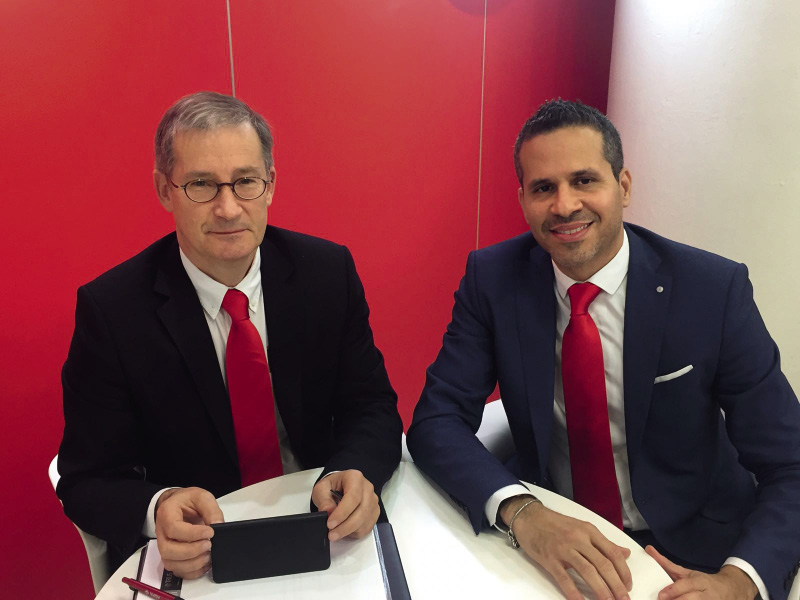
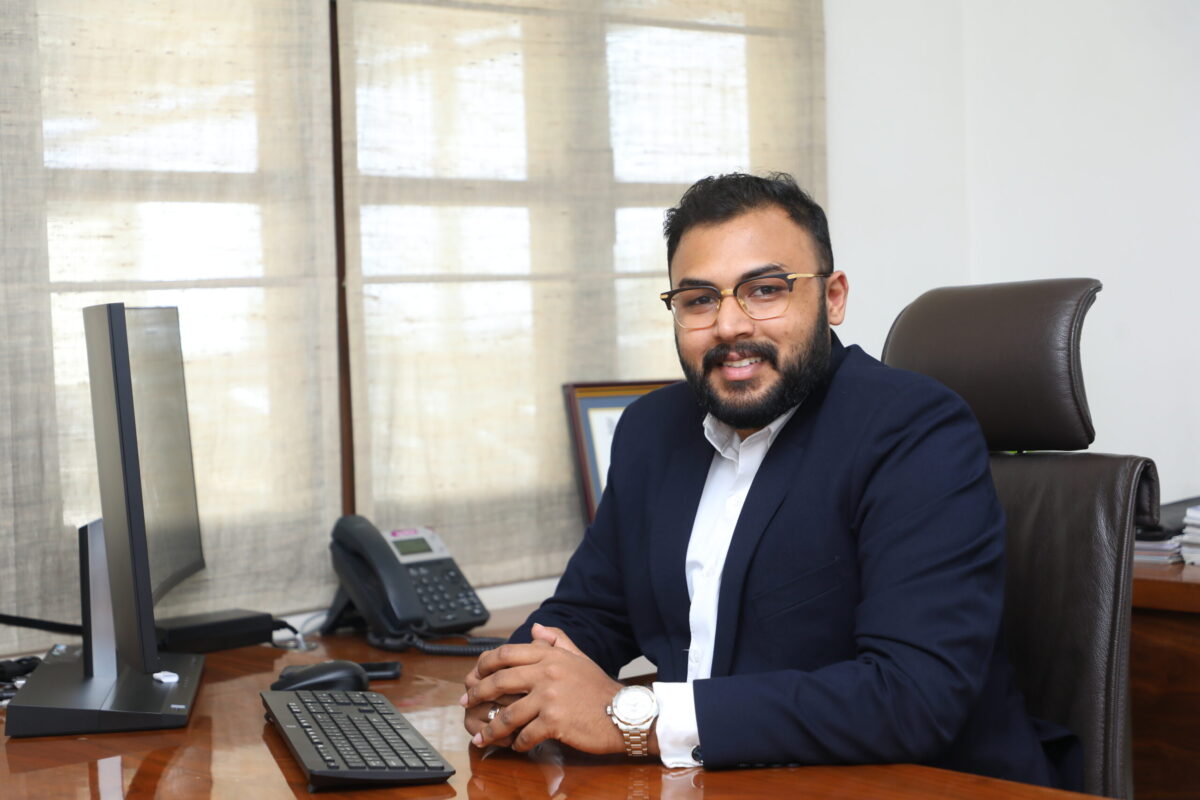


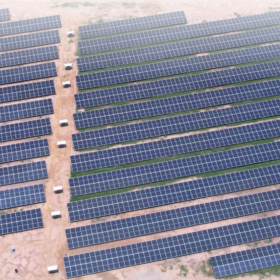
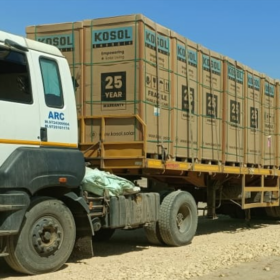

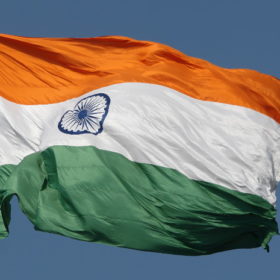
By submitting this form you agree to pv magazine using your data for the purposes of publishing your comment.
Your personal data will only be disclosed or otherwise transmitted to third parties for the purposes of spam filtering or if this is necessary for technical maintenance of the website. Any other transfer to third parties will not take place unless this is justified on the basis of applicable data protection regulations or if pv magazine is legally obliged to do so.
You may revoke this consent at any time with effect for the future, in which case your personal data will be deleted immediately. Otherwise, your data will be deleted if pv magazine has processed your request or the purpose of data storage is fulfilled.
Further information on data privacy can be found in our Data Protection Policy.